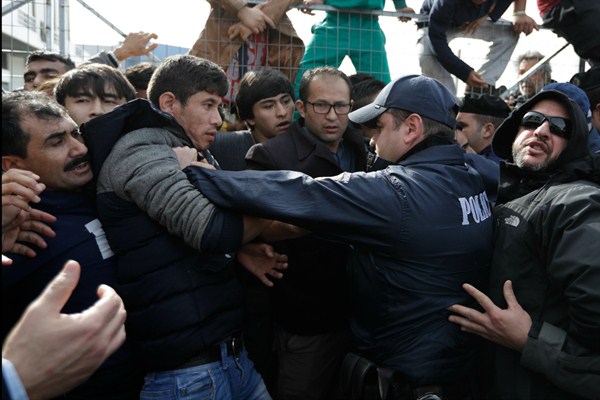The turmoil that greeted U.S. President Donald Trump’s executive order banning most travel from several Muslim-majority countries and his plan to build a wall on the border with Mexico understandably focused global attention on the Trump administration’s migration policies. But the fact is that developments in the United States are not occurring in a vacuum. The issue of how to regulate the flow of human beings seeking to resettle from one country to another is climbing on the global agenda, with potentially harmful implications on a number of important fronts.
Restricting immigration has always been the subject of bitter, emotional debate. Despite the profound ideological divisions on the matter, there is a basic consensus that countries have a right both to set limits on how many people they allow to move within their borders, and to set standards on how to decide who they allowed in. Refugee flows are governed by different norms.
Beyond that basic consensus, however, the debate over migration has never been fully settled, and it is likely that it never will be, because the circumstances surrounding the discussion are always changing. Calls for reducing or even shutting the door completely on economic migrants and refugees tend to ebb and flow with fluctuations in economic and political conditions.

